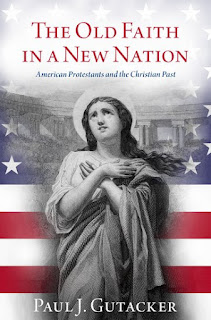 works on Judaism and popular culture, including publications in Bulletin for the Study of Religion, Journal of Modern Jewish Studies, Shofar, and the Journal of Jewish Identities.
works on Judaism and popular culture, including publications in Bulletin for the Study of Religion, Journal of Modern Jewish Studies, Shofar, and the Journal of Jewish Identities.
Caplan applied the "Page 99 Test" to her new book, Funny, You Don't Look Funny: Judaism and Humor from the Silent Generation to Millennials, and reported the following:
Page 99 of Funny, You Don’t Look Funny would give the casual browser the flavor of my book, but without a sense of the real ingredients. The page consists of the end of the analysis of Kissing Jessica Stein and the beginning of the analysis of This is Where I Leave You. On the one hand, Mel Brooks happens to be mentioned in the first line of the page, which would give even the most casual observer a sense of the content of the book. On the other hand, unfortunately, page 99 leaves a few things to be desired as a snapshot of the larger work because it consists largely of biographical information about Jonathan Tropper and a discussion of funeral practices. Additionally, because the book is about the relationship between the various generations of American Jewish comedians this single page loses some of its shape. Dropping into the middle of the chapter on Generation X does not give the browser the context from the earlier generations, or the look forward to the subsequent generations.Visit Jennifer Caplan's website.
Page 99 does have the distinction of containing the following sentence: “Westfeldt understood that the film needed the religious aspects to save it from being precisely the kind of caricature Guttmann would have accused it of being.” While the page as a whole can’t covey the scope of the book, that sentence does encapsulate a big element of the book. The difference in the way Gen X comedians treat religion compared to their Silent Generation parents or grandparents, is at the heart of the argument. And that single sentence, highlighting Jennifer Westfeldt’s sympathetic inclusion of religious practices in her film, is one way of seeing the book in a nutshell.
--Marshal Zeringue

























